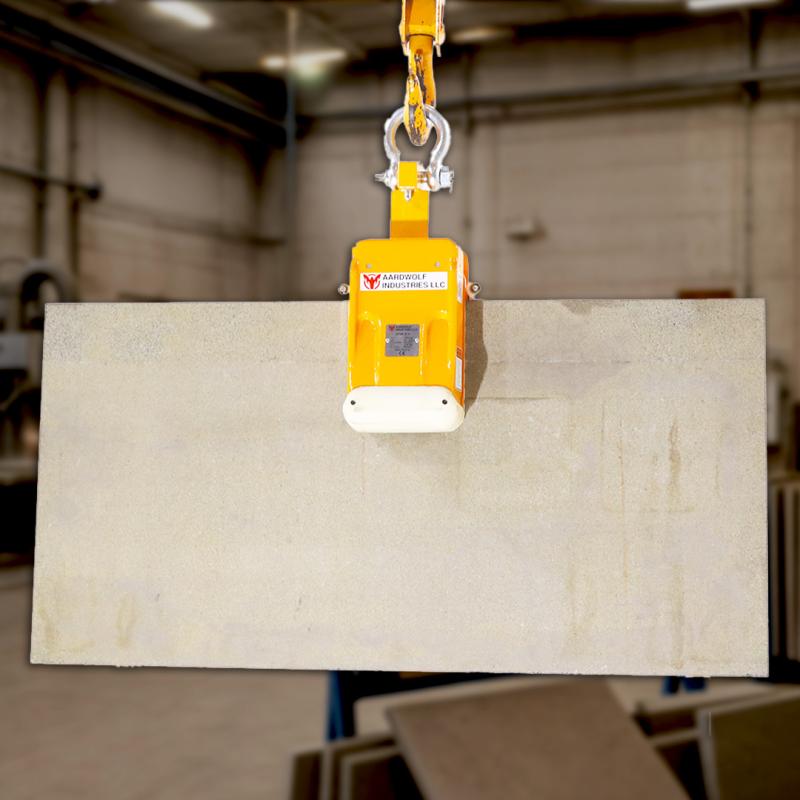



A flexible handling system empowers warehouses and manufacturing facilities to streamline workflows, minimize downtime, and scale operations with minimal capital outlay. This article explores the core components—ranging from advanced lifting equipment to smart systems—that make a handling setup truly flexible, efficient, and safe.
Flexibility in your handling material processes ensures you can respond to market fluctuations, seasonal peaks, and custom orders without extensive reconfiguration. Key benefits include:
Reduced Changeover Time: Quickly swap tooling, adjust layouts, or reprogram equipment.
Scalability: Add or remove workstations, conveyors, and load-handling devices as throughput changes.
Cost Control: Avoid large capital investments by deploying modular, pay-as-you-grow solutions.
A flexible system must handle everything from lightweight cartons to heavy slabs. Ratchet tie down traps, load-sensing conveyors, and variable-frequency drives ensure materials move safely and efficiently, regardless of size or weight.
Modular racking, plug-and-play controls, and portable lifting devices let you expand or reconfigure work cells within hours—not days. This modularity is foundational for any modern material handling equipment strategy.
A robust selection of lifting equipment ensures safe, precise handling across diverse material types. Below are the primary devices to consider:
Handling large, heavy panels—such as granite, metal, or glass—demands specialized attachments:
Deploy the Improve Safety with Slab Lifters to reduce manual repositioning and crane runtime.
Use the Automated Vacuum Lifter for Slab Handling for non-porous surfaces, streamlining single-operator workflows and cutting cycle times by up to 40%.
For irregular or bundled loads, precision clamps and lifters boost throughput:
Aardwolf Scissor Clamp Lifters secure material handling—ideal for lifting boxes, panels, and bundled goods with consistent gripping force.
The Scissor lifting clamp for stone provides safe, stable horizontal lifts of heavy slabs, minimizing risk of slip and damage.
Overhead lifting adds another layer of flexibility:
Integrate lightweight, mobile gantry cranes equipped with electric hoists. Consult our Safety Tips for Gantry Cranes guide to ensure proper installation and operation.
Combine with jib cranes at dedicated workstations for on-demand lifting without the need for forklifts or AGVs.
A flexible system must never compromise safety. Embedding robust protocols protects personnel and equipment while maintaining agility.
Verify load capacity and use certified slings or shackles.
Perform daily visual inspections of rails, wheels, and hoist hooks.
Train operators on safe travel speed and emergency stop procedures. Details at Safety Tips for Gantry Cranes.
Implement Material Handling Safety for warehouse best practices, including clear aisle markings, anti-slip flooring, and defined pedestrian zones: Material Handling Safety for warehouse.
Use ratchet tie down traps to secure loads on trolleys and flatbeds, preventing accidental shifts during transport.
Glass sheets are fragile and unforgiving. An Improve Safety with a Glass Lifter ensures even suction distribution and reduces breakage rates by up to 60%.
Automation enhances both flexibility and throughput. By combining smart controls with guided vehicles, you create an agile, data-driven environment.
Deploy AGVs for repetitive, low-complexity moves, such as moving empty pallets or finished goods to staging areas.
Use Autonomous Mobile Robots (AMRs) capable of dynamic pathfinding in congested zones to maximize efficiency without fixed guide paths.
Explore cutting-edge solutions in our overview of Material Handling Systems Innovations.
Integrate sensors on conveyors, lifters, and cranes to monitor load weight, balance, and run-time for predictive maintenance and real-time alerts.
Environmental responsibility can—and should—be part of your flexible handling strategy. Adopting green practices often reduces costs while boosting brand image.
Shift to reusable totes and returnable containers to cut single-use packaging by 70%.
Right-size boxes with inline dimensioning systems, reducing filler material needs.
Select energy-saving drives on conveyor lines and regenerative braking on hoists.
Outfit your facility with solar arrays sized to offset peak daytime loads and integrate battery storage for overnight operations.
Learn more about wrapping sustainability around your flexibility plan with our detailed guide: Sustainable Material Handling Solutions: Best Practices for Green Warehouses.
Ensuring smooth material flow reduces bottlenecks and maximizes equipment utilization.
Use dynamic slotting in your Warehouse Management System (WMS) to reposition high-demand items near packing and shipping zones.
Implement cross-docking processes to transfer inbound goods directly to outbound without storage, slashing handling steps.
For heavy or fragile items like stone slabs, follow the stone transportation process to select appropriate frames and minimize damage.
Apply efficient stone transportation methods, including powered trailers and dedicated haul routes, to reduce handling time and breakage rates.
A flexible system that optimizes each touchpoint delivers significant cost savings across labor, energy, and maintenance.
When selecting equipment, factor in energy use, maintenance schedules, and expected lifespan.
Compare one-time purchase costs with long-term savings from reduced downtime and lower utility bills.
Discover how the right equipment choices and system designs lower both CAPEX and OPEX: Reduce Costs with Efficient Material Handling.
For point-of-use lifting, jib cranes offer a compact, cost-effective alternative to forklifts.
Mount wall or floor jib cranes at assembly stations or packing lines to eliminate unnecessary travel.
The Heavy-Duty Jib Cranes guide details mounting options and load-chart selection.
A flexible handling system thrives on collaboration. The right material handling companies can supply turnkey solutions, ongoing support, and training.
Engage with vendors offering modular equipment that integrates seamlessly with existing systems.
Choose partners that provide comprehensive lifecycle services, from initial consulting to preventive maintenance programs.
Implementing a truly flexible handling system requires a balanced approach: invest in versatile lifting equipment such as slab lifters, vacuum lifter slab lifter attachments, and scissor lifter clamps; incorporate advanced automation; enforce rigorous safety standards; and embrace sustainable practices. By weaving these elements together, your facility will not only meet today’s demands but will also be ready to adapt for the challenges of tomorrow’s material handling landscape.
Sign up to receive the latest info on new Aardwolf products, special offers and more.
By signing up you agree to receive emails from Aardwolf with news, special offers, promotions and other information. You can unsubscribe at any time.